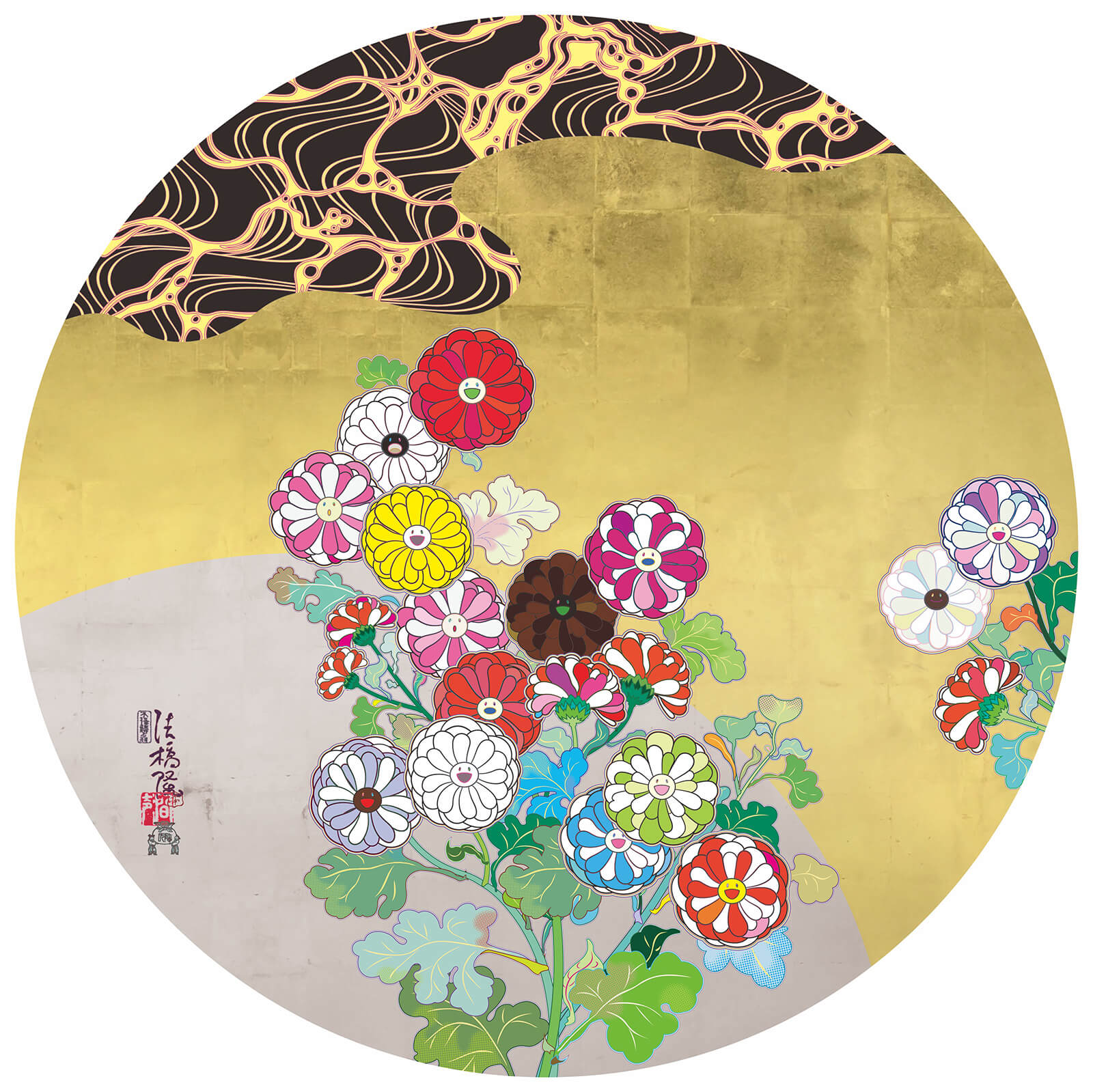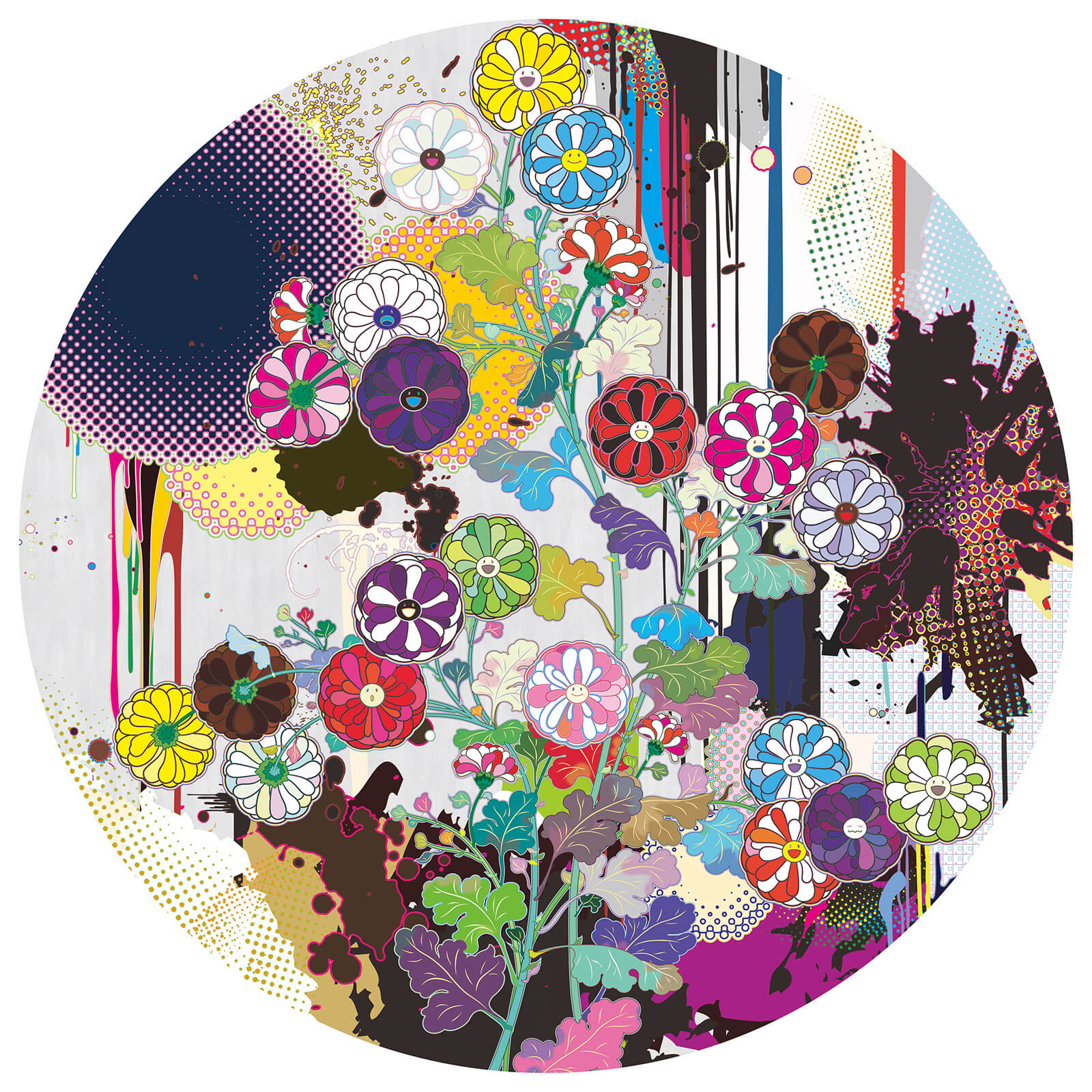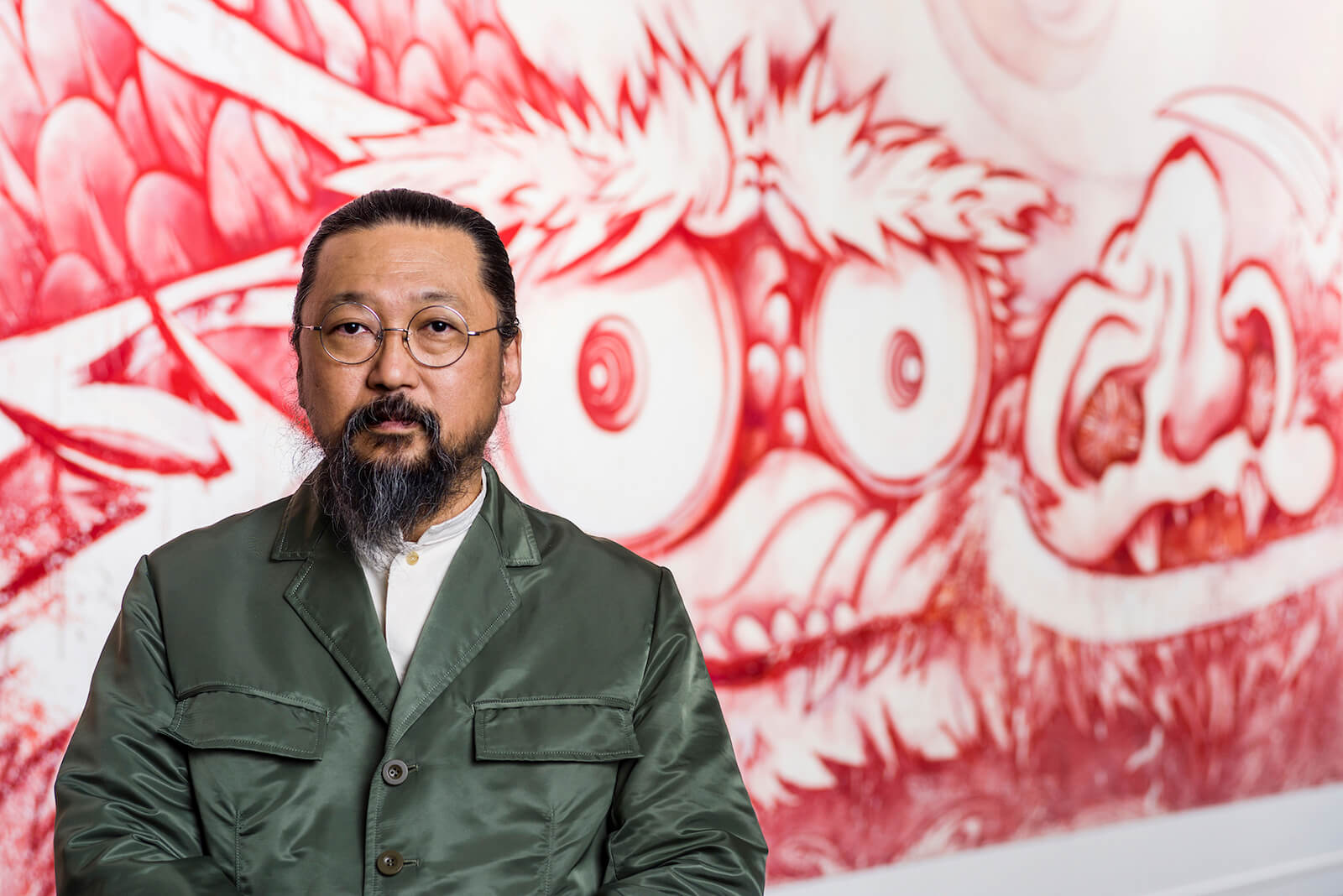The Armory Show brings artists from marginalised backgrounds to the US Open
by Manu SharmaSep 04, 2024
•make your fridays matter with a well-read weekend
by Manu SharmaPublished on : May 23, 2024
Kyoto’s KYOCERA Museum of Art in Japan is celebrating its 90th anniversary with an exhibition of large-scale art by Japanese artist Takashi Murakami. The art exhibition, Takashi Murakami Mononoke Kyoto, presents around 170 artworks, mostly new, by the celebrated artist who pioneered the Superflat style. Mononoke is on view from February 3-September 1, 2024, and is co-curated by Shinya Takahashi, General Manager of Renewal Project Office, Kyoto City KYOCERA Museum of Art and Akiko Miki, Curatorial Cooperation. Takahashi joins STIR for an interview about KYOCERA’s presentation and connects Murakami’s distinct practice to Kyoto’s rich artistic history.

Murakami is a contemporary artist who is recognised for creating his trademark two-dimensional art style, known as “Superflat”. Superflat art is typically colourful and takes inspiration from the “flatness” of traditional art and manga panelling from Japan. The term rose to prominence when the artist organised the exhibition Superflat, which toured Japan and the United States between 2000 and 2001. The exhibition was accompanied by the Superflat Manifesto and had a considerable impact on the art scenes of both nations. The manifesto called for all Japanese art and culture to be viewed as a flat plane where the historic and the contemporary intermingle, and in Japan, prompted artists to blur boundaries between fine art, pop art and commercial art. Meanwhile, in the United States, Superflat brought greater attention to Japanese contemporary art amongst American audiences. KYOCERA’s presentation takes a focused look at the style’s connection to the visual art and performing arts produced in Kyoto during the Edo period (1603-1868).

To those not in the know, the exhibition’s title may seem odd, as the term “mononoke” refers to malicious spirits in Japanese art and folklore, while Murakami’s work is predominantly vibrant and cheerful. Takahashi clears up this confusion, telling STIR, "Originally, the term ‘mononoke’ in Japan signified a spirit that haunts or torments people, such as vengeful ghosts, departed souls and spirits of the living. Following the worldwide acclaim of [Studio] Ghibli’s animated film Princess Mononoke (1997) however, ‘mononoke’ has come to signify the spirits of various creatures. In this exhibition, ‘mononoke’ is perceived in a broader sense as ‘unworldly creatures’.”
Originally, the term ‘mononoke’ in Japan signified a spirit that haunts or torments people, such as vengeful ghosts, departed souls and spirits of the living. Following the worldwide acclaim of [Studio] Ghibli’s animated film Princess Mononoke (1997) however, ‘mononoke’ has come to signify the spirits of various creatures. In this exhibition, ‘mononoke’ is perceived in a broader sense as ‘unworldly creatures’. – Shinya Takahashi, General Manager of Renewal Project Office, Kyoto City KYOCERA Museum of Art

This nuance shapes KYOCERA’s offering as a vision of another world; one that is filled with colour and mirth. However, not all is happy at the art museum, as the artist has brought glimpses of his darker side to the exhibition as well: Murakami masterfully melds the grotesque with the kawaii (Japanese for cute) in many of his works, adding manic energy to them that sits in sharp contrast to the affable flowers and sprites western audiences may be more familiar with.

The Name Succession of Ichikawa Danjūrō XIII, Hakuen, Kabuki Jūhachiban (2020) eschews cuteness completely in its presentation of masked individuals with severe expressions. One might not call the protagonists of this piece grotesque, but the demeanour they project is certainly a far cry from the sunny disposition that most of the artist’s characters project. Takahashi connects this artwork to traditional Japanese theatre, saying, “This artwork depicts a fierce and spectacular performance known as Kabuki Jūhachiban (The Eighteen Kabuki Masterpieces). It developed out of an interest in the designs and depictions of kumadori makeup and costumes particular to kabuki.”

Kabuki theatre—widely recognised for its extravagance—originated in Kyoto. It was first performed by a Shinto shrine maiden in 1603, at the dawn of the Edo era. Murakami’s take on Kabuki carries the same grandiosity that is commonly associated with it, but he adds a frenzied energy by cluttering it with protagonists and through a liberal application of contrasting colours. The artwork is but one example of how Murakami’s Mononoke connects to the artistic history of Kyoto and beckons audiences to explore each more closely.
‘Takashi Murakami Mononoke Kyoto’ is on display until September 1, 2024, at The Kyoto City KYOCERA Museum of Art.
by Asian Paints Oct 08, 2025
Forty Kolkata taxis became travelling archives as Asian Paints celebrates four decades of Sharad Shamman through colour, craft and cultural memory.
by Srishti Ojha Oct 08, 2025
The 11th edition of the international art fair celebrates the multiplicity and richness of the Asian art landscape.
by Mrinmayee Bhoot Oct 06, 2025
An exhibition at the Museum of Contemporary Art delves into the clandestine spaces for queer expression around the city of Chicago, revealing the joyful and disruptive nature of occupation.
by Ranjana Dave Oct 03, 2025
Bridging a museum collection and contemporary works, curators Sam Bardaouil and Till Fellrath treat ‘yearning’ as a continuum in their plans for the 2025 Taipei Biennial.
 surprise me!
surprise me!
make your fridays matter
SUBSCRIBEEnter your details to sign in
Don’t have an account?
Sign upOr you can sign in with
a single account for all
STIR platforms
All your bookmarks will be available across all your devices.
Stay STIRred
Already have an account?
Sign inOr you can sign up with
Tap on things that interests you.
Select the Conversation Category you would like to watch
Please enter your details and click submit.
Enter the 6-digit code sent at
Verification link sent to check your inbox or spam folder to complete sign up process



by Manu Sharma | Published on : May 23, 2024
What do you think?